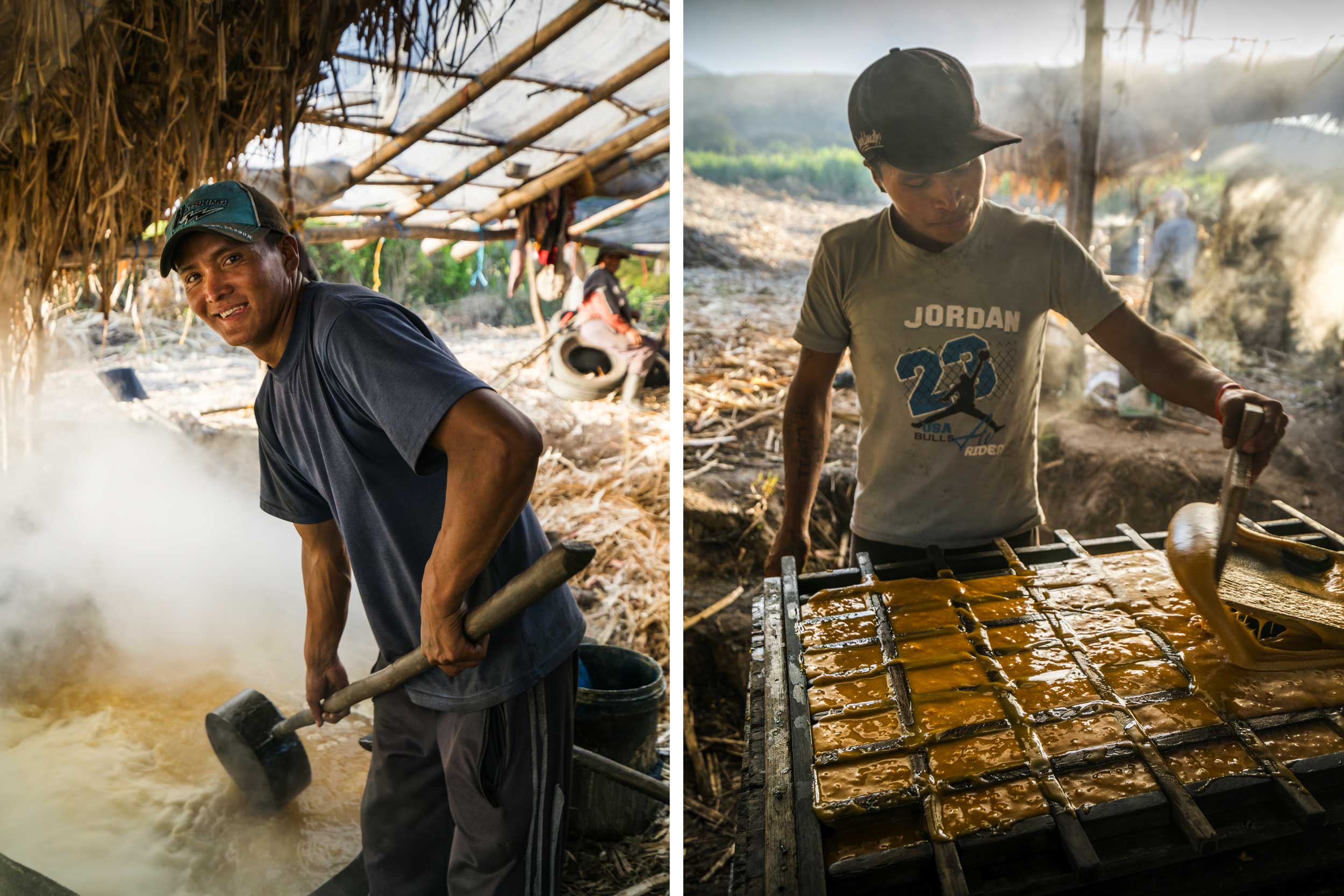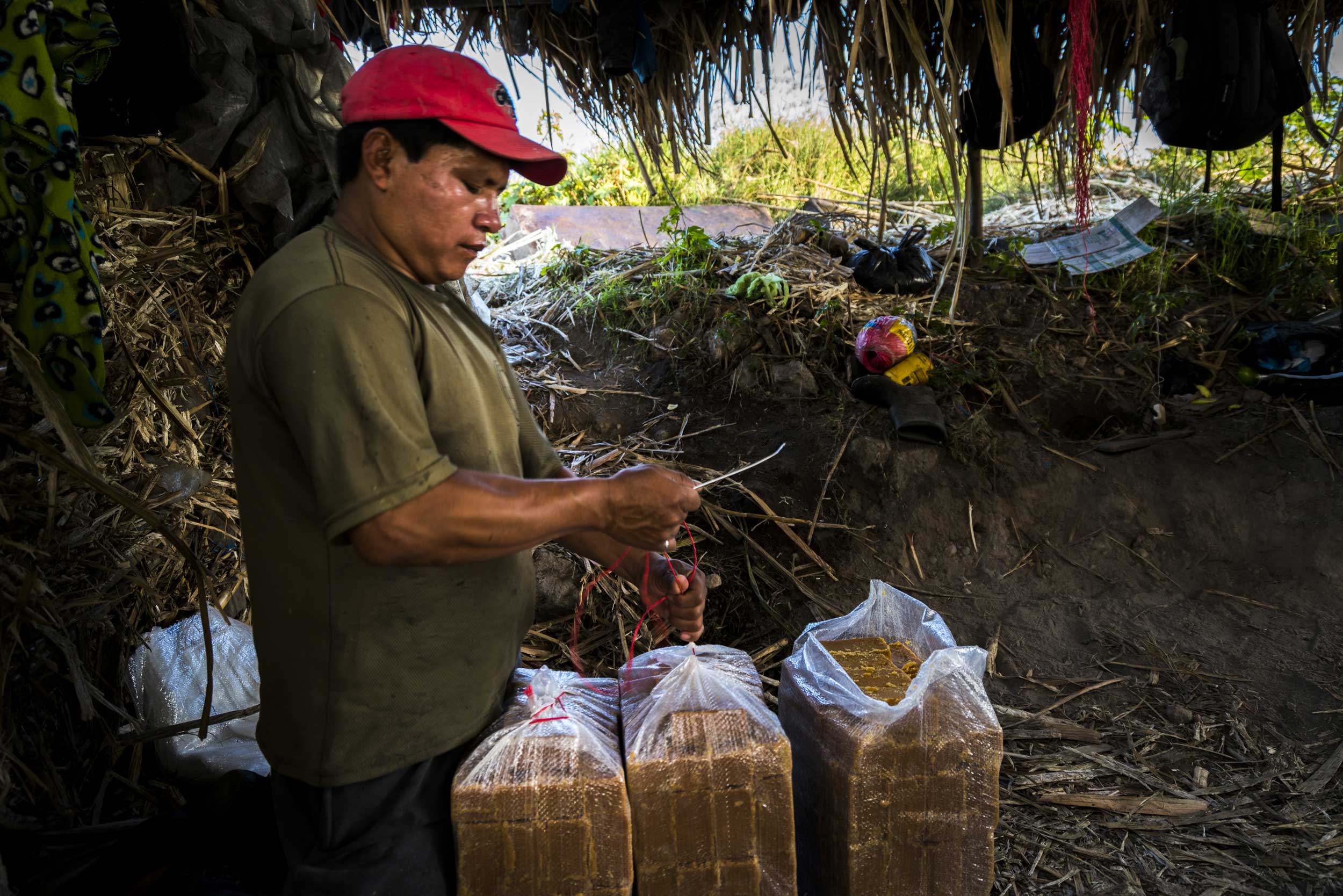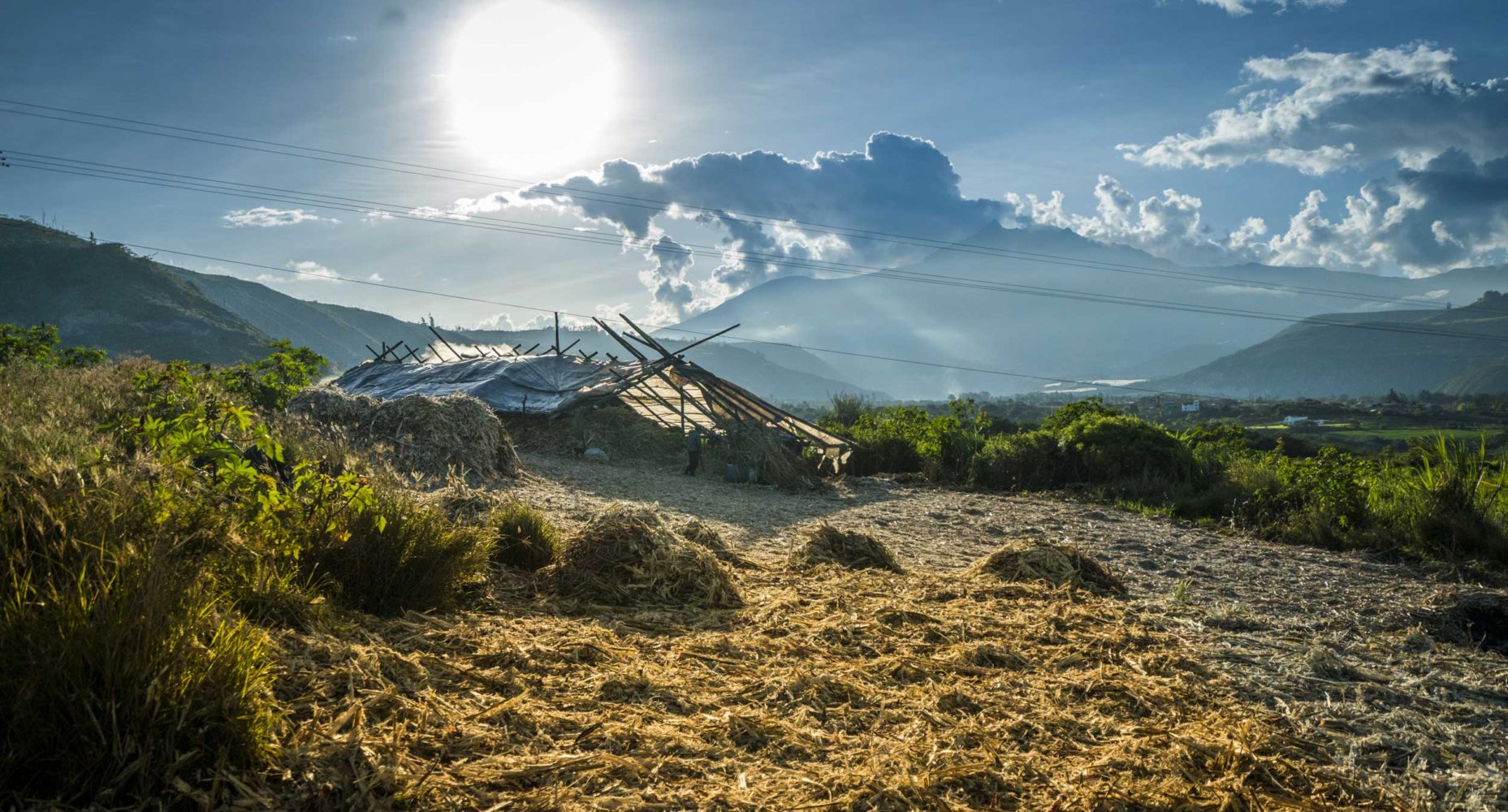The Sweet Life: Ecuador’s Traditional Sugar Production
We woke to a rain of black ash. Outside our room, a thick grey blanket of ash and chunks of burnt vegetation covered the courtyard floor. More ash floated in the air, before landing on every available surface. As Canadians, our first instinct was to smell the air and look for signs of a nearby forest fire. But we couldn’t see any smoke or flames only a shower of ash.
My wife and I were in rural Ecuador on a much-anticipated escape from the bitter Canadian winter. We were staying with friends at their finca (a Spanish country estate) not far from Ibarra in the central highlands.
During breakfast that morning, we quizzed our hosts, about the source of the ash. Their answer surprised us; “it comes from sugarcane fields that are intentionally set alight to remove the plants’ outer leaves and make harvest easier.”
A second look across the valley — this time with strong binoculars, revealed a field of sugar cane ablaze. The fire was at least seven or eight kilometres away, but the recurring daily winds carried its ashes over the deep canyon all the way to the finca.

Some things we’d noticed earlier, and considered a little strange, now made sense; a roof covers the swimming pool even though the weather here is perpetually warm, the house employees sweep the grounds every day, and the fact that we are the only ones drying our clothes outside.
It turns out there was more to learn about Ecuador’s traditional way of making sugar.
Sugarcane has been a long-established crop in many South and Central American countries for centuries and still grows in large fields all over the Ecuadorian highlands. A good handful of original working haciendas, whose primary source of revenue comes from sugarcane, still exist.
Our hosts explained that in Ecuador sugarcane is viewed as healthy, especially if it comes fresh from the field. And, we didn’t need to cross the valley to see sugarcane harvested. “Take a short walk toward the main road, and on the right, there’s a hut with smoke coming from its roof – that’s a trapiche.”

A trapiche is a traditional South American sugarcane processing facility. Many have been upgraded to near-industrial level, but in areas where sugarcane grows, a few small, original, all-manual huts still operate. As it happens, the one just minutes from our finca was one of them. A visit to our local trapiche was in order.
The next day equipped with a camera and a few Spanish words, we made our way to the hut. With permission to take pictures granted, we went inside .
A wave of intense heat seeped through our clothes and a haze of flying insects limited our visibility. One thing became quickly clear — working in a trapiche is hard, back-breaking labour.
The sugar extraction process is surprisingly simple. Once the leaves are burnt, and the crops are ready for harvesting, men are hired to chop down the cane stalks with machetes and transport the harvested cane to the mill. In the case of our neighbourhood trapiche, a few disheveled donkeys provided the transport.
At the mill (or trapiche) workers dump the cane in a large pile outside of the hut, and then push the stalks one by one through a small mechanical extractor, which separates the juice from the fibre.

To call the contraption we saw an extractor is a stretch; however, this home-built greasy, rusting machine powered by a small diesel engine, (likely a cast off from a Toyota or Nissan pick-up truck), did the job surprisingly well. The long drive belt demanded respect and extra caution though, as getting caught in the moving parts of this apparatus could be fatal. Two jerry cans filled with diesel casually placed close to the open fire of the oven, also caught our attention, but as nobody else seemed alarmed, we continued our tour of the humble processing facility.
The extracted sugar cane juice is called guarapo, and Ecuadorians often mix it with sour orange or lime juice to create a refreshing drink. Thankfully this wasn’t offered in our hut where the guarapo — a murky brown cocktail of dead flies and debris from the cane stalks — looked far from thirst-quenching.
The final stage of the process involves heating the guarapo and boiling it continuously until it thickens and eventually turns into a syrup known as jarabe. The jarabe is poured into moulds and left to cool and harden. The amber-coloured bricks produced are the actual raw cane sugar — this is known locally as panela.

The panela blocks are packaged for sale and shipped to nearby towns. The remaining cane fibre is dried, and used later as fuel in the ovens inside the trapiche.
As the sun set over the trapiche and the canyon behind it, we thanked the workers for allowing us to visit and take pictures, and headed back to our finca. The trapiche workers stayed on, squeezing every last little bit of light from the day and juice from the canes.
There were still a few more sugar bricks to produce before these men could finally settle for the night in a nearby barn, And, while they were sleeping on bare floors, far away from their families, my wife and I contemplated our luck and privilege. We got to know the workings of an Ecuadorian trapiche only as visitors; these men live a life of real hardship few westerners could endure.
Booking.com

